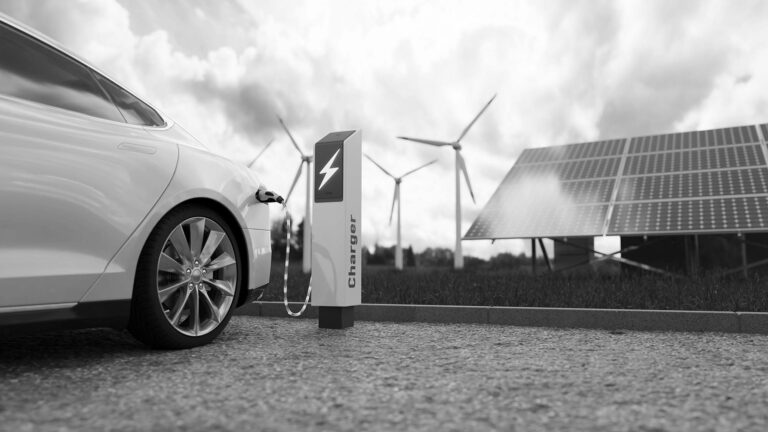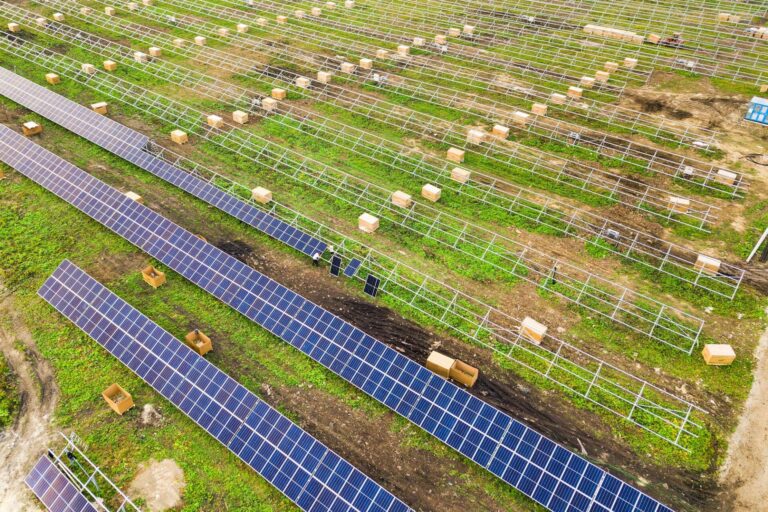Over the last decade, our focus has undoubtedly shifted. While growth, success, and meeting the needs of clients and the wider population remains at the forefront, it is now coupled with a determination to achieve all this while using more sustainable methods. Historically, the construction industry has a bad reputation in this regard. Some of this may be fair criticism –both production methods and building materials can be emissions heavy. However, the picture is not a simple one and many positive steps are taking place behind the scenes. In fact, industry professionals are working tirelessly to produce viable alternatives to the main offenders in this regard. With anything though, we can become overly concerned with the macro and it is important to take a step back and view the situation on a wider scale. When we do this, we see that building materials is one facet of a much larger challenge. Building may be a large contributor, but when we recognize the negative impact of construction-adjacent sectors, we see that an interlinked response is required. For instance, in haulage, transportation and infrastructure, there is much work to be done.
According to the most recent data in 2022, U.S. transportation sector emissions from energy consumption were 1.84 billion metric tons of carbon dioxide. In a global context, the U.S. has the unfortunate award of being the single largest contributor to global transport emissions. This is compounded further by the alarming fact that its contributions account for almost a quarter of the global total. Looking at these figures on a purely national level, transportation does not fare any better either. The sector is the largest contributor to U.S. CO2 emissions and accounts for over 30 percent. EVs may be helping to stem the tide and there is hope that the sector can get a handle on things. Unfortunately though, cost and access to infrastructure remain barriers to widescale adoption. Until there is a breakthrough that ticks every box, it seems doomed to fail. There is, however, another alternative.

The prospect of super-highways where hydrogen powered vehicles travel at speeds similar to those of airplanes may seem like the stuff of science fiction. Even more futuristic is the technology that would be involved in the highways themselves. Maglev (derived from magnetic levitation) is a process that has been around for over a century but is rarely used. Maglev trains hover about a track while the pull of electromagnets guides them. With no road or track friction to slow the trains, the vehicles can reach huge speeds. Laurence Blow, founder of the MaglevTransport consulting group uses the Shanghai, where a maglev train runs from Pudong International airport to the outskirts of the city to explain the potential benefits of such a system. “There is no train in the world that can match the kind of kind of performance that you see in that 19-mile connection. It can be done in seven and a half minutes and you hit a top speed of 267 miles an hour.” Blow believes that the technology makes it a viable solution for both long and shorter distances. “Maglev is a competitor to automobiles, trains, and airplanes, as well as buses and metro-systems. Unlike high-speed, there are a lot of market opportunities here. With low-to-medium speed maglevs in city centers, you really get the benefit of low noise and low vibration.”
So how do we expand on this technology and include the wider transportation networks? As scientists have now created a new technology which is based on concept of maglev, the answer may already be here. SClev, the name given to this transportation system is a method proposed by Zhifeng Ren –a physicist at the University of Houston, that incorporates the speed and ability of MagLev while also allowing for widespread use. The goal of this research, Ren explains, is that the practical barriers to other renewable energy sources make them simply unworkable. “The goal is to move society towards fossil fuel independence. We want to get rid of fossil fuels and move to clean energy, like solar and wind. With these, however, there are problems. Both solar and wind are intermittent, and storage is a big issue. How do we store the electrical power from solar and wind? A battery is not going to solve this problem. A regular car weighs about 3500 pounds. An EV, without an internal combustion engine, exhaust, or cooling system, still weighs more than the regular one. Why? The battery. On the other hand, we have hydrogen. It is going to be the future. It has a very high density, and at the same time, there are no byproducts such as carbon dioxide. The only byproduct is a pure water.”

The technology itself is incredible. Cars buses and trucks containing superconductive materials are suspended over a magnetic guideway and can achieve speeds up to 800 km/h. However, the challenge until now has been the side effects of these systems. While these superconductors can conduct electricity efficiently, they only work at incredibly low temperatures which is why hydrogen is used to cool the system. For Ren and his team, it was important to consider solutions to all aspects if the SClev is to be successfully developed. “To overcome the unrealistically high cost of any system that only serves limited functions, we envision a “super” system that combines multiple functions. It includes a lossless electrical power transmission and storage; transport and storage of liquefied nitrogen; and high-speed levitated transport of people and goods over long distances. In this super system, vehicles with permanent magnets (or electromagnets) will be levitated above a superconductor guideway (“SClev”) that is also transmitting and storing electrical power.”
Ren believes that with research funding, this could be a breakthrough of enormous proportions. However, he acknowledges that political will is key to unlocking the potential of Hydrogen on a widescale basis. “I do not see any big questions on the technology unanswered, but more on the financial support,” he says. “I hope to see either government or private investment. This will provide the opportunity to start large-scale projects which can demonstrate the benefits of the concept.”
As industries grapple with challenges of cost, materials, and sustainability. It seems like it is only a matter of time before Hydrogen is used on a widespread basis. The science and the technology are both already in place, it seems as though the only remaining challenge centers around cost. For Ren, industry and governmental investment is crucial. When the benefits are so evident, it is a frustrating scenario for scientists and climate advocates. However, change takes time and if the SClev project is anything to go by, the evidence for Hydrogen Highways is beginning to stack up.


















